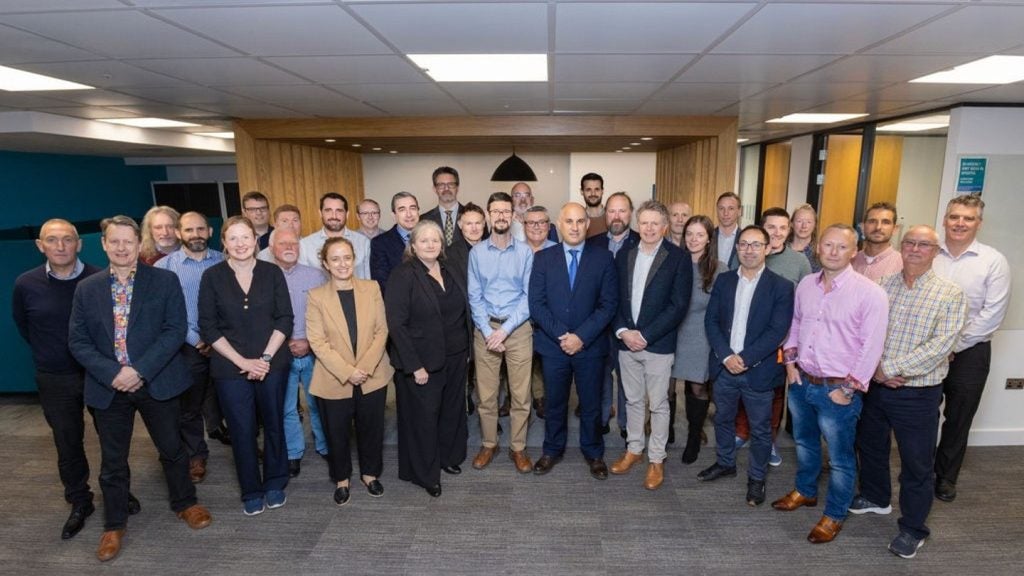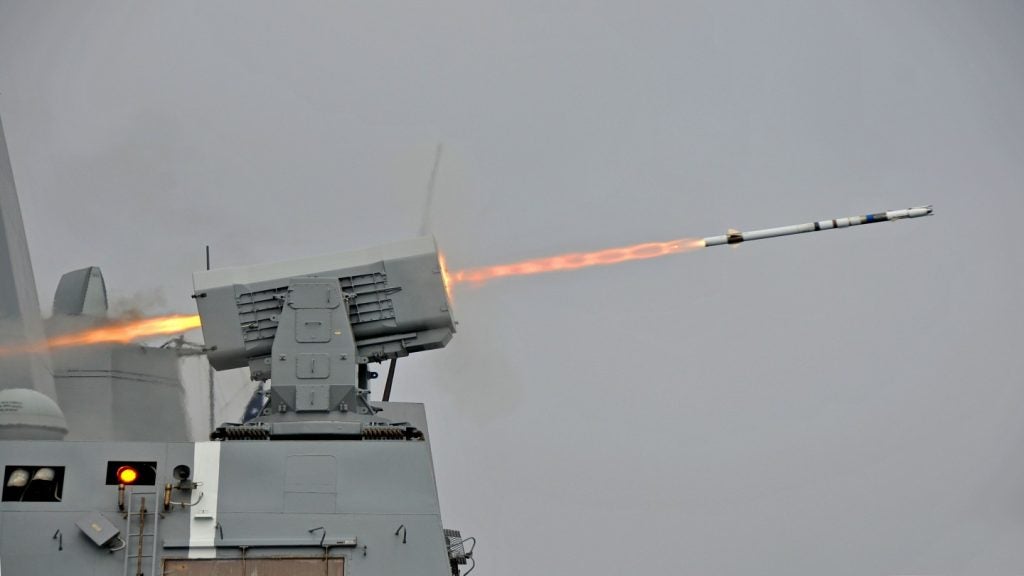New Sea Ceptor missile system enters service with British Royal Navy
UK Defence Secretary Gavin Williamson announced that the new Sea Ceptor missile system has officially entered service with the British Royal Navy.
The Sea Ceptor missile system has been developed and constructed via a series of UK Ministry of Defence (MoD) contracts worth approximately £850m.
It is expected to be installed on-board the Royal Navy’s Duke-class Type 23 frigates.
UK Defence Secretary to announce £2.5bn submarine investment
UK Defence Secretary Gavin Williamson officially revealed a new £2.5bn investment in support of the country’s nuclear submarine programme.
Williamson announced that the UK Ministry of Defence (MoD) has signed a £1.5bn contract with BAE Systems for the construction of the Royal Navy’s seventh Astute-class submarine, Agincourt, as part of the initiative, reported The Herald.
As quoted by BBC News, Williamson noted: “This multi-billion-pound investment in our nuclear submarines shows our unwavering commitment to keeping the UK safe and secure from intensifying threats.”
How well do you really know your competitors?
Access the most comprehensive Company Profiles on the market, powered by GlobalData. Save hours of research. Gain competitive edge.

Thank you!
Your download email will arrive shortly
Not ready to buy yet? Download a free sample
We are confident about the unique quality of our Company Profiles. However, we want you to make the most beneficial decision for your business, so we offer a free sample that you can download by submitting the below form
By GlobalDataIndian Navy’s all-women vessel INSV Tarini completes circumnavigation
The all-women crew of the Indian Navy vessel INSV Tarini successfully completed the first-ever Indian circumnavigation of the globe.
The circumnavigation, known as ‘Navika Sagar Parikrama’, was planned by a team of several naval personnel, who worked behind the scenes from the time of the idea’s inception through to its implementation.
INSV Tarini was constructed indigenously and helmed by Indian Navy lieutenant commander Vartika Joshi during the voyage.
Australian Navy’s final Hobart-class AWD Sydney launched
The Royal Australian Navy’s (RAN) third and final Hobart-class air warfare destroyer (AWD), Nuship Sydney, was launched at the Osborne Naval Shipyard in Adelaide.
Nuship Sydney has been built by the AWD Alliance and is equipped with advanced technologies that enable it to defend a Task Group from a range of air, surface and submarine threats.
The AWD Alliance includes ASC, Raytheon Australia, Navantia Australia and the Australian Department of Defence.
UK faces £2.9bn affordability gap to maintain Nuclear Enterprise
A new report released by the National Audit Office (NAO) revealed that the UK Ministry of Defence (MoD) is facing an ‘affordability gap’ of £2.9bn with regards to the maintenance of the country’s Defence Nuclear Enterprise.
The MoD will be required to bridge the affordability gap between 2018 and 2028 to successfully address the funding deficit.
The report also suggests the ministry will have to manage its people, contractors and schedule more effectively in order to maintain the submarine-based nuclear deterrent, which currently supports the UK Government’s national security policy.
USMC receives first of 200 CH-53 King Stallions from Sikorsky
The US Marine Corps (USMC) received the delivery of the first of an expected fleet of 200 CH-53 King Stallion heavy-lift helicopters from Lockheed Martin company Sikorsky.
The CH-53 King Stallion aircraft have been designed to replace the USMC’s existing and ageing CH-53E Super Stallion helicopter fleet.
USMC is expected to base the first CH-53 King Stallion helicopter at Marine Corps Air Station New River in Jacksonville, North Carolina.
Australia to use US Seahawk aircraft for fatigue testing technologies
Australian defence scientists are set to test new fatigue testing technologies on a retired US Navy Seahawk helicopter.
This approach is expected to help transform the way military helicopters are managed, while potentially reducing maintenance costs and enhancing aircraft availability.
Australian Defence Industry Minister Christopher Pyne noted that the new technologies could prove to be beneficial for both military and civilian helicopter operators.
Negotiations with Austal for RAN OPV development programme fall apart
German shipbuilding company Luerssen’s negotiations with Austal for the development of offshore patrol vessels (OPVs) for the Royal Australian Navy (RAN) reportedly fell through.
Luerssen, the prime contractor in the country’s SEA 1180 OPV construction programme, announced that Austal will no longer participate in the project.
The Australian Government originally appointed Luerssen as the prime contractor for the delivery of 12 new OPVs for the RAN in November last year.
UK and Norway advance cooperation on maritime patrol aircraft
UK and Norway defence ministers held discussions on how the two countries will work in collaboration to advance the international Maritime Patrol Aircraft (MPA) programme in North Atlantic.
Both ministries agreed to cooperate on several different areas, ranging from maintenance to training and operations, in order help reduce costs and strengthen the operational power of submarines deployed in the region.
The Royal Navy is expected to acquire a fleet of Boeing-built aircraft to safeguard the country’s submarine-based nuclear deterrent, as well as the two newest Queen Elizabeth Class aircraft carriers.
US Navy squadron VFA-147 completes maiden F-35C flight
The US Navy’s Strike Fighter Squadron VFA-147 completed its first flight using an F-35C Lightning II aircraft at Naval Air Station (NAS) Lemoore in California.
The maiden flight supports Strike Fighter Squadron’s transition from the F/A-18E Super Hornet to the F-35C and marks a significant step towards the weapon system’s integration into the US Navy arsenal.
VFA-147 previously commenced the initial transition in December last year following a six-month deployment on-board the USS Nimitz (CVN 68) as part of Carrier Air Wing 11.







